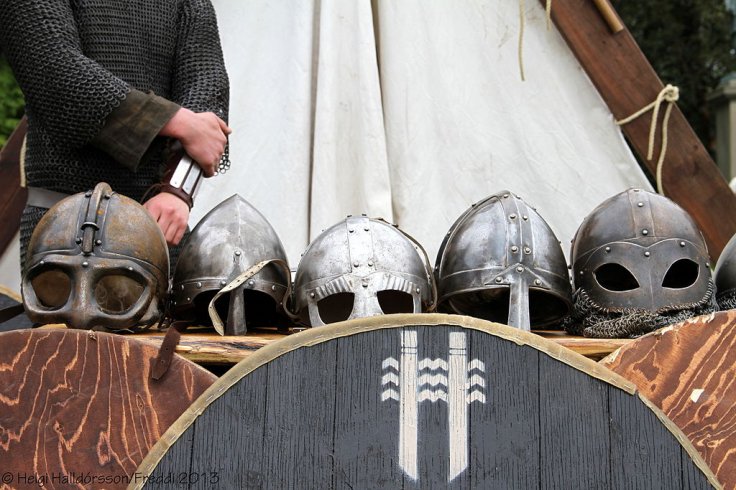It was believed that the Irish population grew until the period of mass starvation and disease in Ireland from 1845 to 1849. But the historic evidence, discovered by archaeologists showed that in around 700 AD, the population in Ireland entered a rapid yet mysterious decline. The Queen's University Belfast researchers finally revealed details about how Vikings could have saved them from going extinct.
Irish population decline mystery

It should be noted that millions of Irish people lived in the region during prehistory and the earliest Christian times while around 700 AD, the population started to decline, most probably because of war, famine, plague or political unrest, said Dr Rowan McLaughlin.
But when Vikings, the seafaring warriors, entered Ireland in the 10th century, the Irish population started to rise again with many people having Viking blood. The Vikings, whose activities are best known come from the areas now called as Denmark, Norway and Sweden, were settled in Ireland in the 10th century, during the phase of population decline, said Dr McLaughlin and added that "despite being few in number, they were more successful than the 'natives' in expanding their population. Today, genetic evidence suggests many Irish people have some Viking blood."
Archaeological evidence

A lead author of the study, which was published in the Journal of Archaeological Science, Emma Hannah, said that "Often in archaeology, we are focused on interpreting the evidence from a single site, but analysing quantities of data in this way allows us to think about the long term. Now we know these broad trends, we can better understand the details of everyday life."
After a recent archaeological excavation program in Norway, researchers came to know about the link between the Scandinavian warriors and the Irish. A grave of a woman in a boat, from where the archaeologists found some artefacts, which came from Britain and Ireland, such as a crucifix-shaped brooch, most likely taken during a Viking voyage.
Aina Heen Pettersen at NTNU's Department of Historical Studies said that the decoration and the design of the artefacts revealed that it came from Ireland and that it was once part of a harness fitting. As per the researcher such ornament was common among the Vikings to split up decorative harness fittings and reuse them as jewellery.









